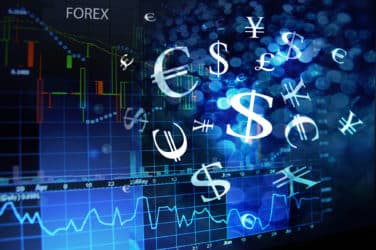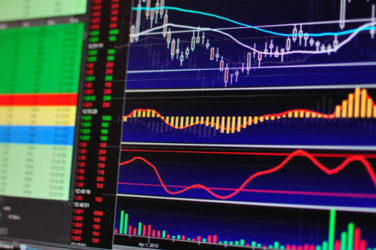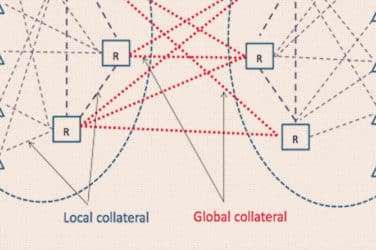
The automation of institutional trading began in the 1970s with select New York Stock Exchange symbols, before rolling out to broad equity market indices and other asset classes in subsequent decades.
The multi-decade evolution boosted the speed and efficiency of secondary-market transactions and in a broad sense, transformed how Wall Street does business.
The next sea change is at hand: baking intelligence into the automation.
“The tip of the trade-automation spear is reaching the next phase — going beyond the hard-coded auto-routed trade,” said Alfred Eskandar, chief executive officer of trading-technology provider Portware, a FactSet company.
Trading has come a long way since the early 1900s, when exchange floors teemed with humans and ticker-tape machines represented cutting-edge technology. Later in the century, the landline telephone — complete with coiled cord — was the medium of choice. Then computers took over.
“The first step to trade automation was converting manual steps into clicks,” Eskandar told Markets Media. “Granted, this is an oversimplification with a lot of dependencies — setting up electronic liquidity, getting buy-ins from both sides of The Street, etc. — but from the trader’s perspective, on a day-to-day basis, this encapsulates the shift from entirely manual/voice-based trading to electronic trading.”

Alfred Eskandar, Portware
“Then we saw clicks begin to give way to auto-routing based on predefined rule sets, where buy-side desks could hard-code instructions into the software on how to handle orders meeting these predefined criteria. For example, energy sector trades under 1,000 shares or $25,000 notional should be auto-routed to broker X’s desk,” Eskandar continued. “Good for sticking to the script, but there was room for the machine to do more so human traders could focus more energy on more exceptional orders — extra large, complex, and/or illiquid.”
While the marginal utility derived from adding trading-desk automation continues to diminish, the possibilities from improving, or smartening, automation have only started to ramp up toward their potential.
In a January 2016 Wall Street Journal op-ed, Babson College Management and Information Technology Professor Tom Davenport noted that automation is “so yesterday.”
“Automation is a fast route to a dead end…The strategic appeal of consistent, low-cost machines will initially seem very seductive, but it will become much less so over time.” Davenport wrote. “Smart leaders will realize that augmentation — combining smart humans with smart machines — is a better strategy than automation.”
Aside from the technology getting up to speed, intelligent automation is also making inroads as traders shed some of their wariness about being made obsolete.
“The fear of being replaced by a machine is giving way to an understanding of and appreciation for what the machine can do for the folks using them,” Eskandar said. “Now we have traders saying, ‘Wait a second, this is actually helping me. I’m making better decisions faster, and I’m getting the credit for them.’ So that “fear factor” has been overcome by actual experience, data, and results that have proven intelligent automation to be beneficial rather than detrimental to the human trader.”
More on Artificial Intelligence:





